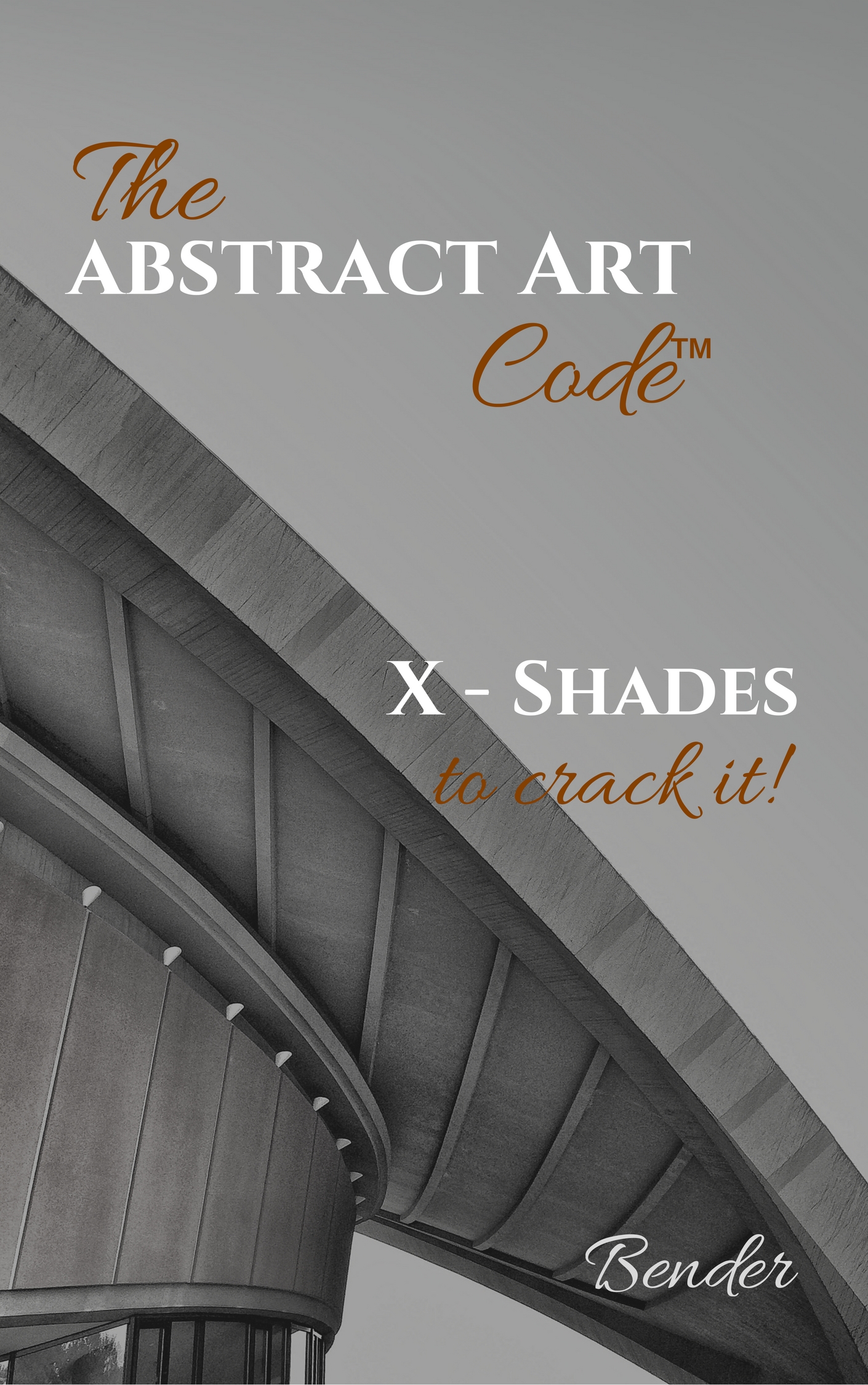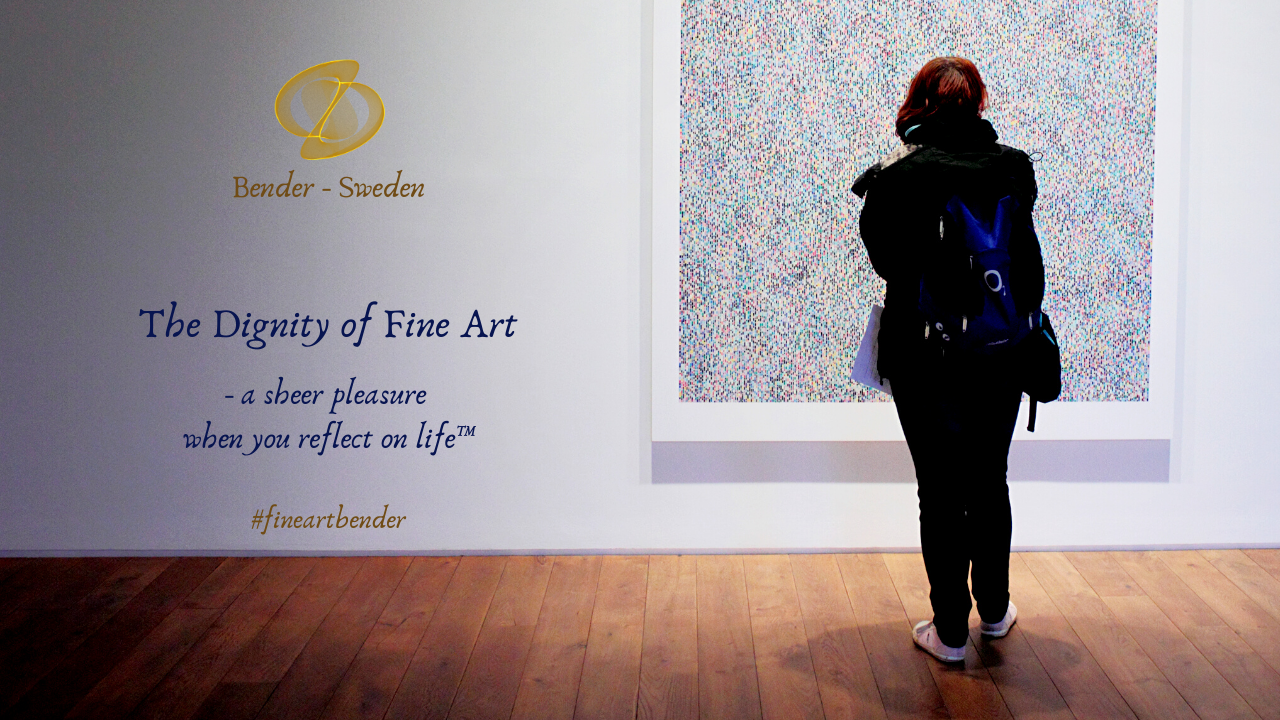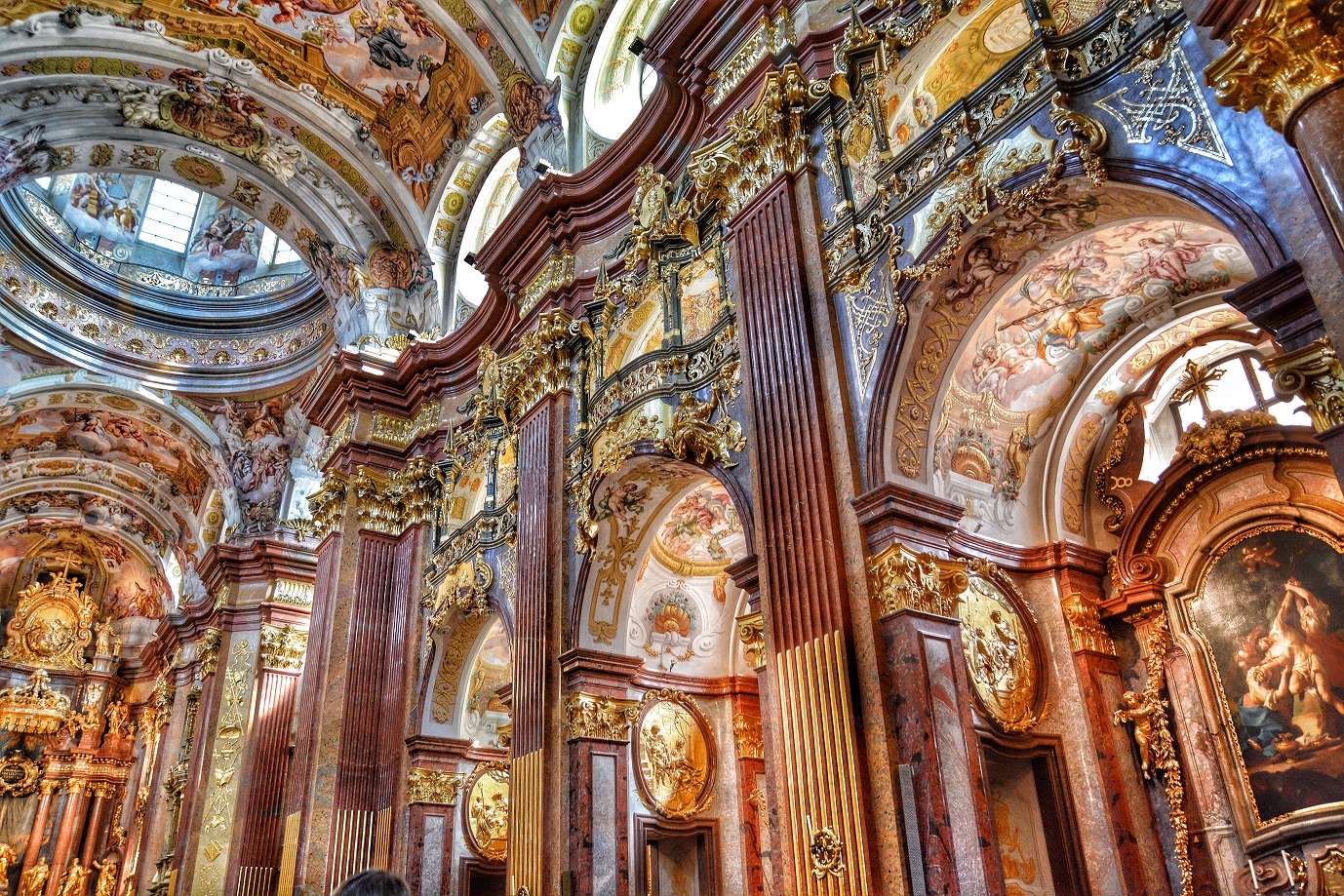Art Modern
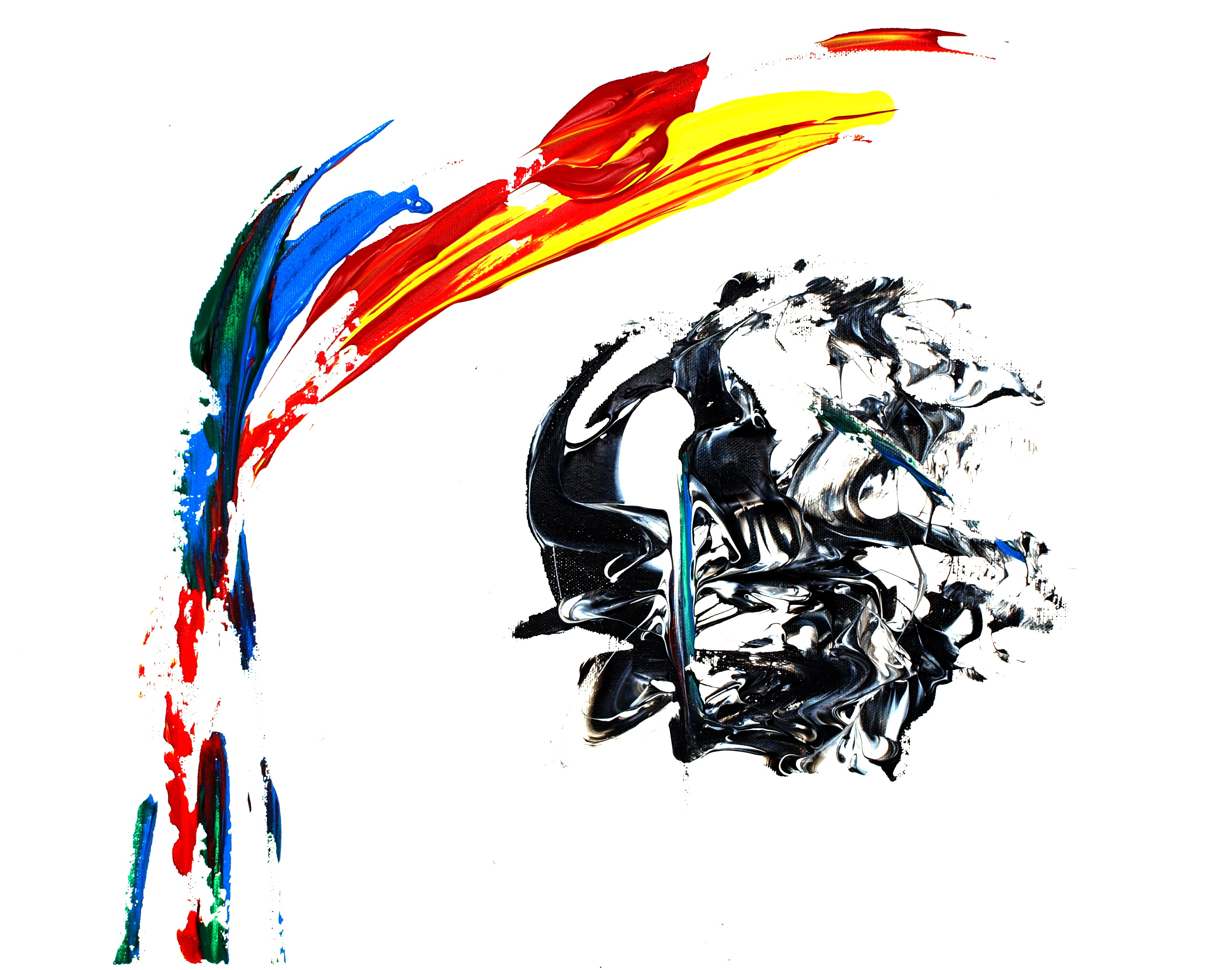
Art Modern
A Detailed Explanation Of Emergence And
Improvement In Art Modern
It can be described as a certain artistic style of movement that started in the 19th century and lasted up to the 1970s. Many historians in the art field of study tend to agree on some things. One of the core things they agree about is that fine art actually shares some overlap of time with the contemporary movement.
Looking at modern art through the lens of different themes can reveal surprising connections and new insights. In our new online course, "Modern Art & Ideas," we explore four themes we often use when teaching at The Museum of Modern Art: Places and Spaces, Art and Identity, Transforming Everyday Objects, Art and Society.
Video: Introduction to Modern Art & Ideas
There are some characteristics that are confined in the fine art. The principle ones are two which include departure from the traditional concepts and experimentation with the media and more subjects. These subjects are the ones which used to be considered controversial or out of the ordinary in the past.
Most of the fine art primarily focuses on emotional expressions rather than the stoic restraint. A number of early fine artists gained their inspiration from psychological ideas as a result of enlightenment. Technological changes and increase in the rate of cultural exchange also facilitated the development of fine arts.
With host Kathleen Flood, The Creators Project heads to The 2016 Armory Show to check out a series of special exhibitions ranging in theme, from breaking conventions in African art to questioning the very concept of an "art fair," plus we ask what fair-goers think the difference is between "contemporary" and "modern" art. We break it all down and share our favorite moments.
Video: Modern vs Contemporary Art at the Armory | Art Guides
One main goal of the work of some fine artists was to capture the society accurately. This is because, they believed society existed in their lifetimes. This was different from previous work which mainly idealized or celebrated the past.
Everyday life depictions became common in fine arts as from 1880s. Several artists in this era also started to create works which addressed the societal problems such as wealth inequality. The reactions that resulted from the traditional work critics sometimes ranged from shocked to dismissive.
Another factor which is significant in art modern is the one of freedom which is actually expressive. This is the period in history that artists first felt that they could use their internal visions as the starting points. This is contrary to the earlier eras where one had to follow conservative formulas for coming up with a certain piece of work.
Some of the work like sculptures and paintings were a times created to break some traditional rules. One of the rules was keeping paint in a canvas frame. The other rule was that of displaying a certain sculpture on a properly maintained pedestal.
Another form which emerged recently is the contemporary one. It is actually considered as the later period of fine arts. It began in the 1960s and has grown continuously in various forms up to the present.
Experimentation with the digital technology has actually allowed the emergence and development of the new media arts. For example, video installations, computer animation and digital photography are new developments. This shows how fast the world of arts is changing.
Some of the contemporary artists also perform experiments with the roles of viewers and those of artists. This has led to the emergence of another form of arts which is referred to as interactive arts. And here original art, not reproductions, played a major role.
This is a more different medium which is not presented in a way that passive audience seats and observes certain work usually in a gallery exhibit. Instead, it requires each viewer to become part of certain artwork. This achieved when the viewer interacts with a camera or interacts with any type of an input device which is electronic. This is explanation of what is meant by art modern.
Forward from Art Modern to
Index or Site Map
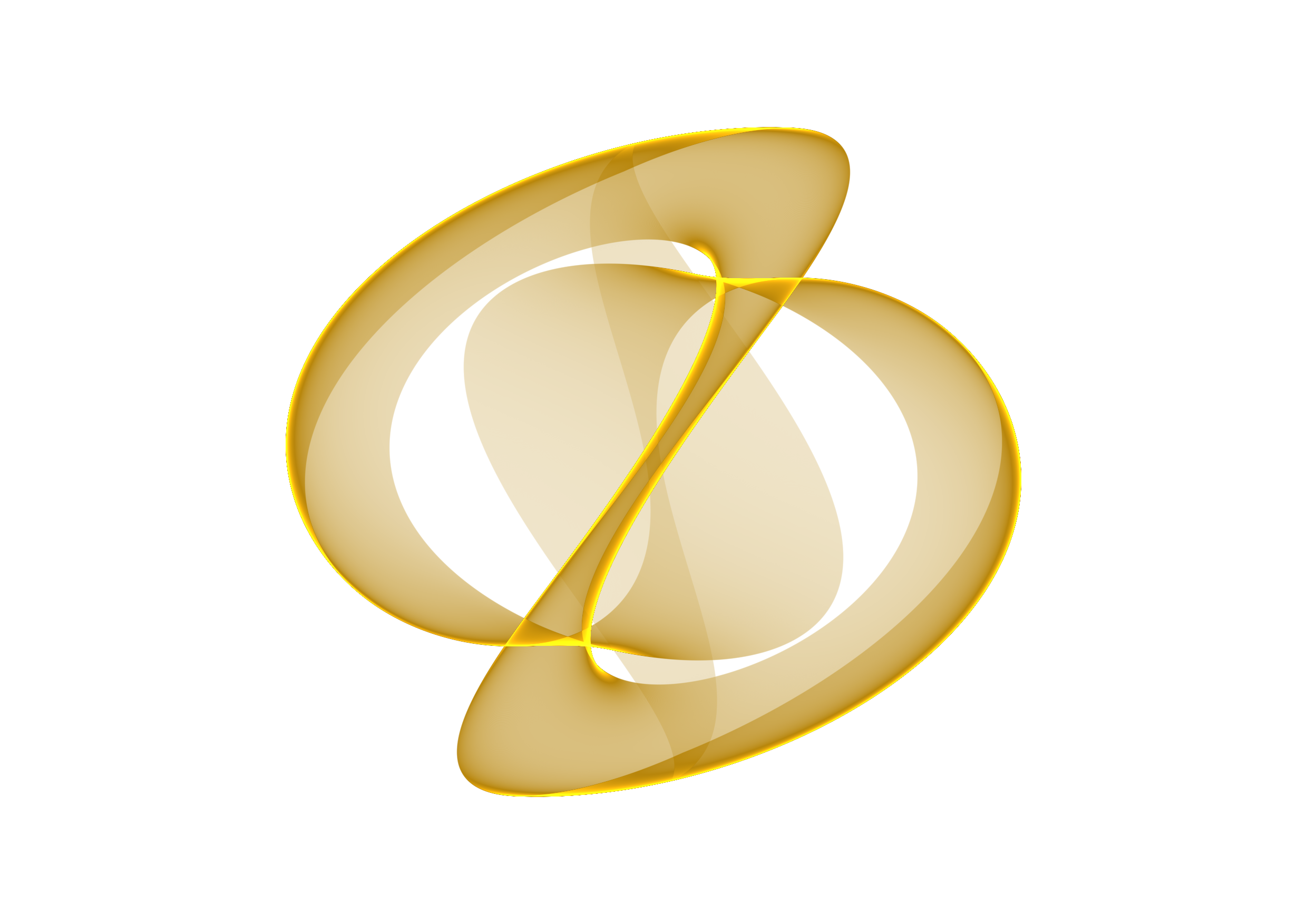
Heritage & Future
Each part of each piece of art is created by Award-winning artist Bender. Creation continues passionately with new discoveries every day, with the ambition and aspiration of the history and culture of Swedish soil and roots of the name that can be traced to the 1883, - for the future.
Nothing is more powerful
than an idea whose time has come.
- Victor Hugo -
